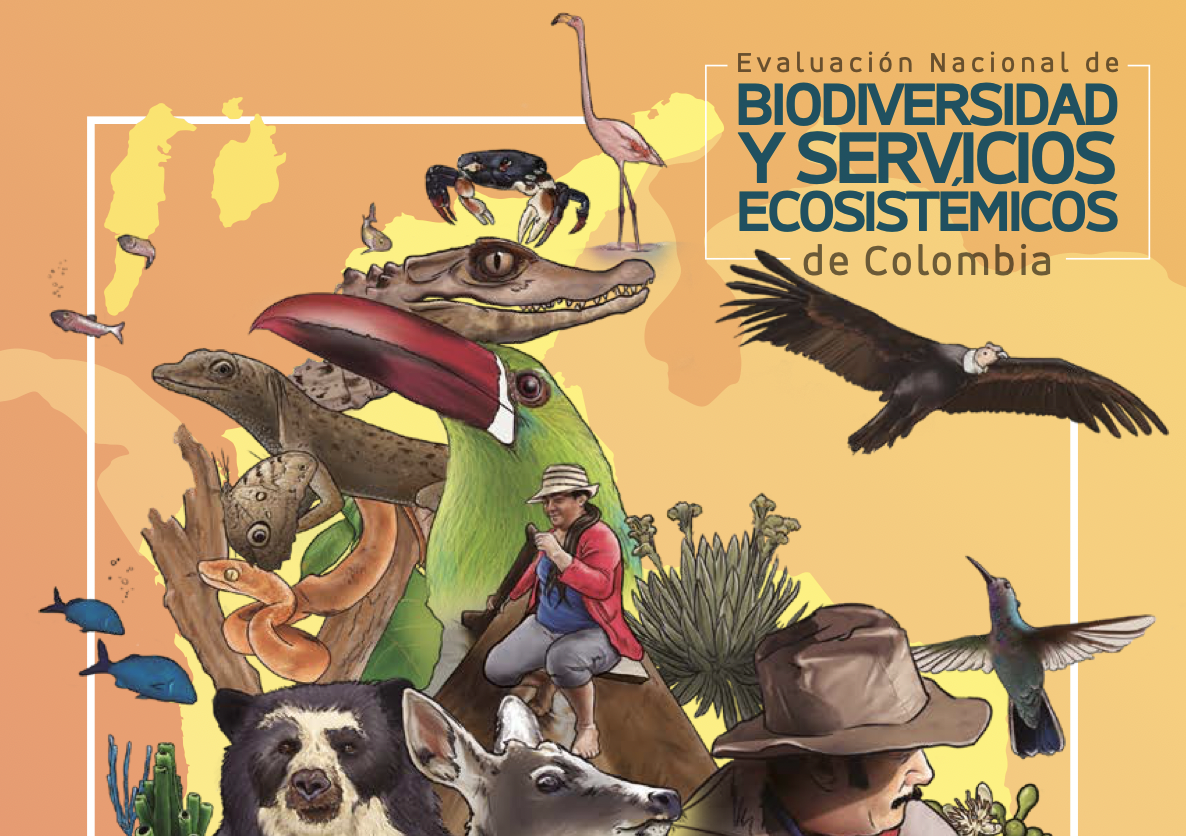In the Old World tropics, several hundred species of leaf flowers (Phyllanthus sensu lato; Phyllanthaceae) are engaged in obligate mutualisms with species-specific leaf flower moths (Epicephala; Gracillariidae) whose adults actively pollinate flowers and larvae consume the resulting seeds. Considerable diversity of Phyllanthus also exists in the New World, but whether any New World Phyllanthus is pollinated by Epicephala is unknown. We studied the pollination biology of four woody Phyllanthus species occurring in Peru over a period of four years and found that each species is associated with a species-specific, seed-eating Epicephala moth, here described as new species. Another Epicephala species found associated with herbaceous Phyllanthus is also described. This is the first description of Epicephala from the New World. Field-collected female moths of the four Epicephala species associated with woody Phyllanthus all carried pollen on the proboscises, and active pollination behavior was observed in at least two species. Thus, Epicephala moths also pollinate New World Phyllanthus. However, not all of these Epicephala species may be mutualistic with their hosts, because we occasionally observed females laying eggs in developing fruits without pollinating. Also, the flowers of some Phyllanthus species were visited by pollen-bearing thrips or gall midges, which potentially acted as co-pollinators or primary pollinators. Phylogenetic analysis showed that the New World Epicephala associated with woody Phyllanthus are nested within lineages of Old World active pollinators. Thus, actively-pollinating Epicephala moths, which originated in the Old World, successfully colonized the New World probably across the Pacific and established mutualisms with resident Phyllanthus species, although whether any of the relationships are obligate requires further study. There is likely major radiation of Epicephala still to be found in the New World.
Leafflower–leafflower moth mutualism in the neotropics: Successful transoceanic dispersal from the old world to the new world by actively-pollinating leafflower moths
Year: 2019

































































































































































































































































































































































































































































































































































































































































































































































































































































































































































































































